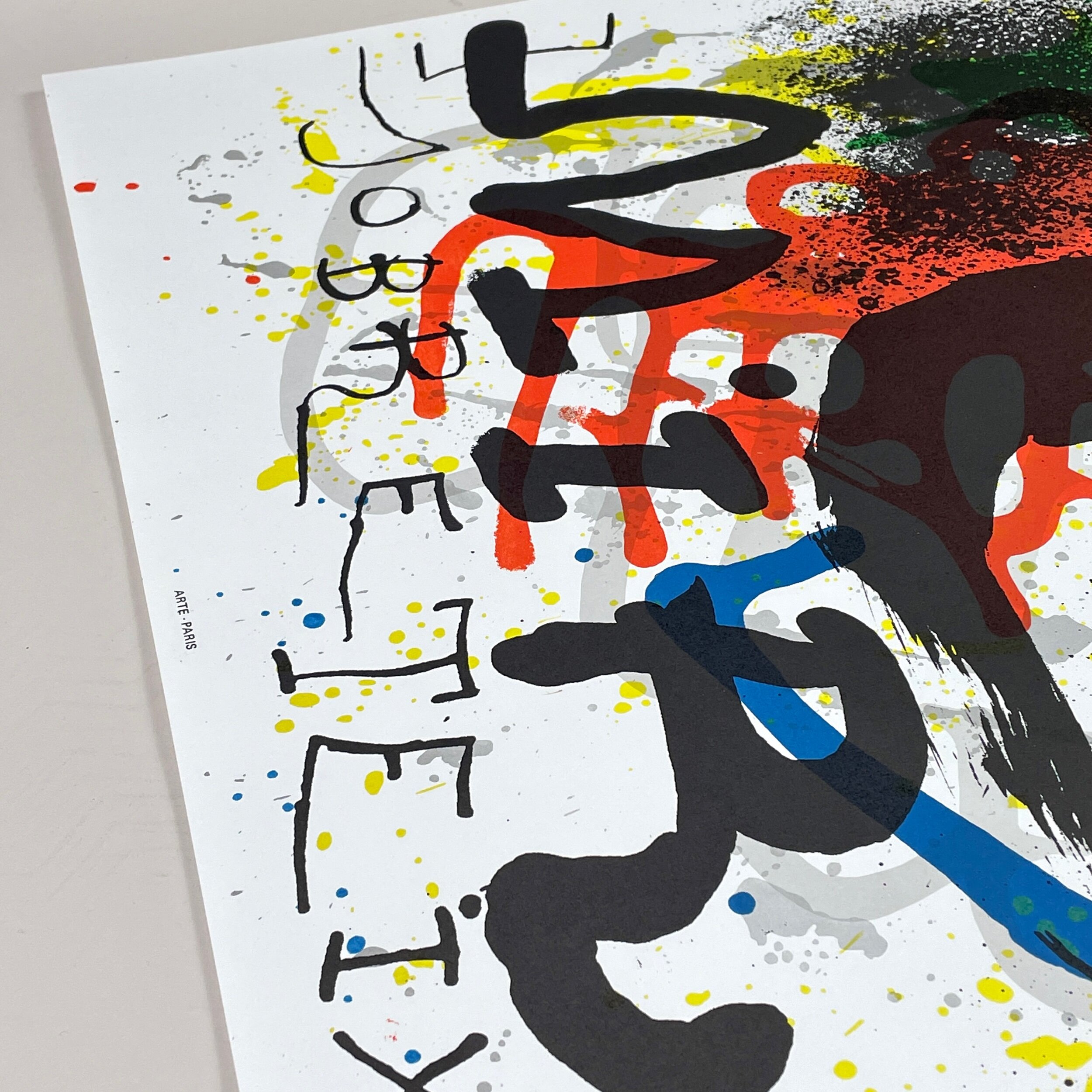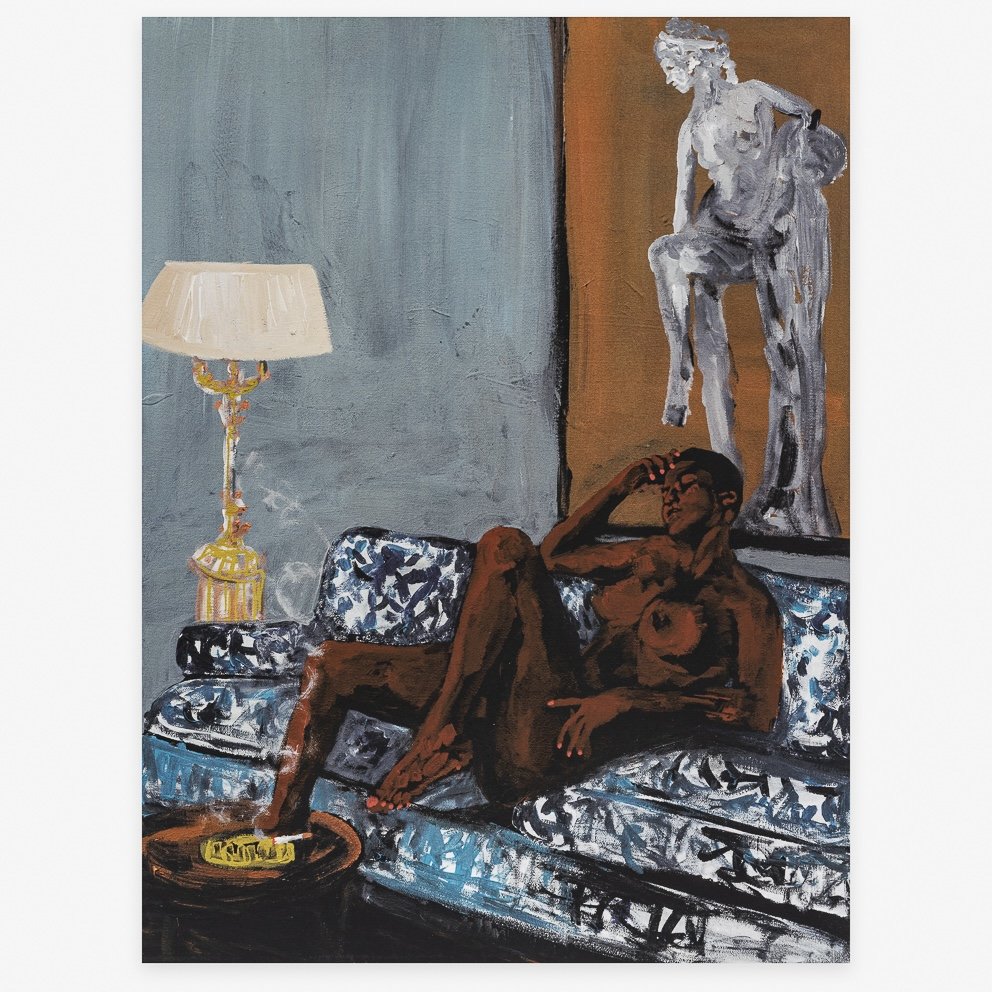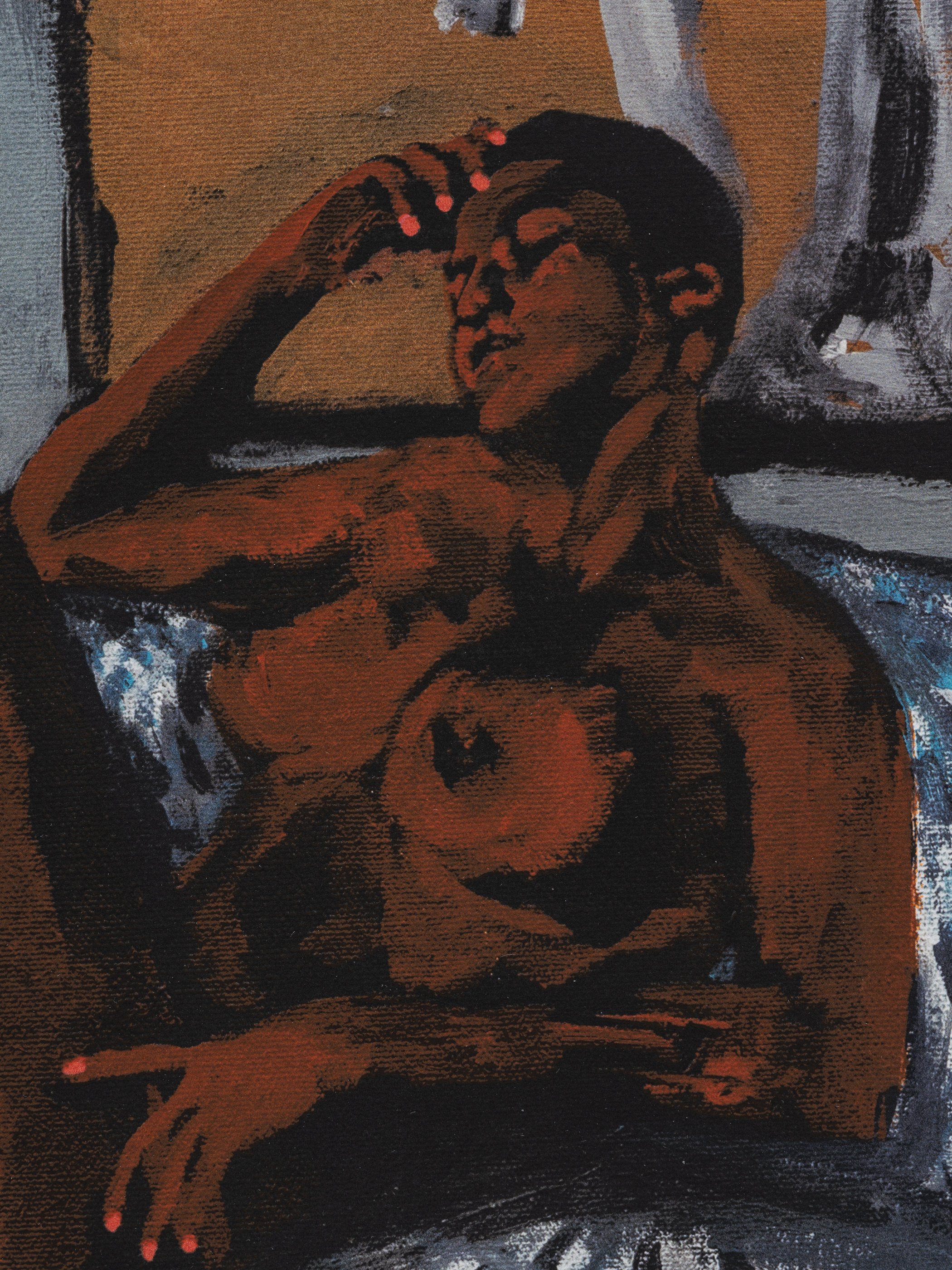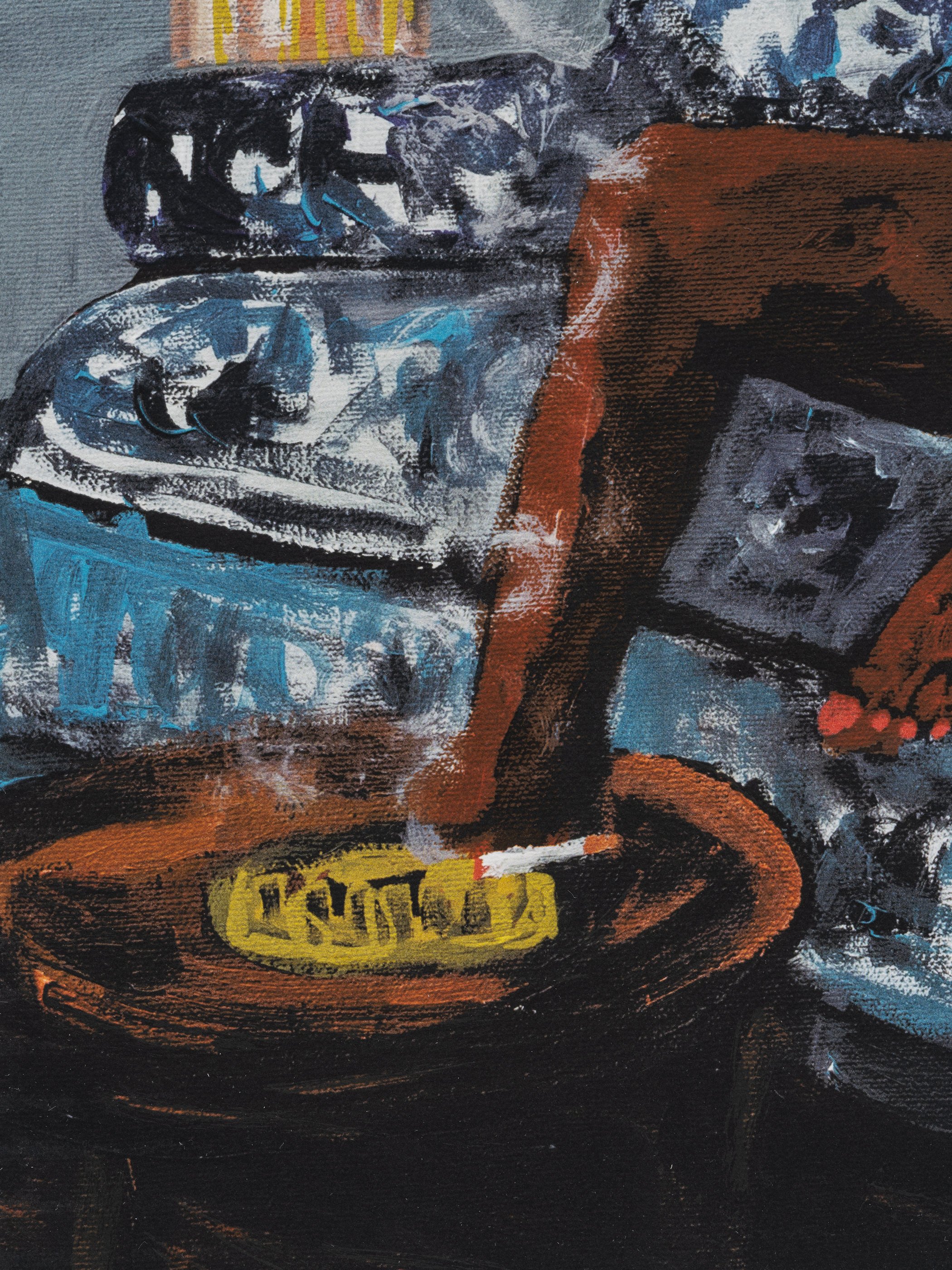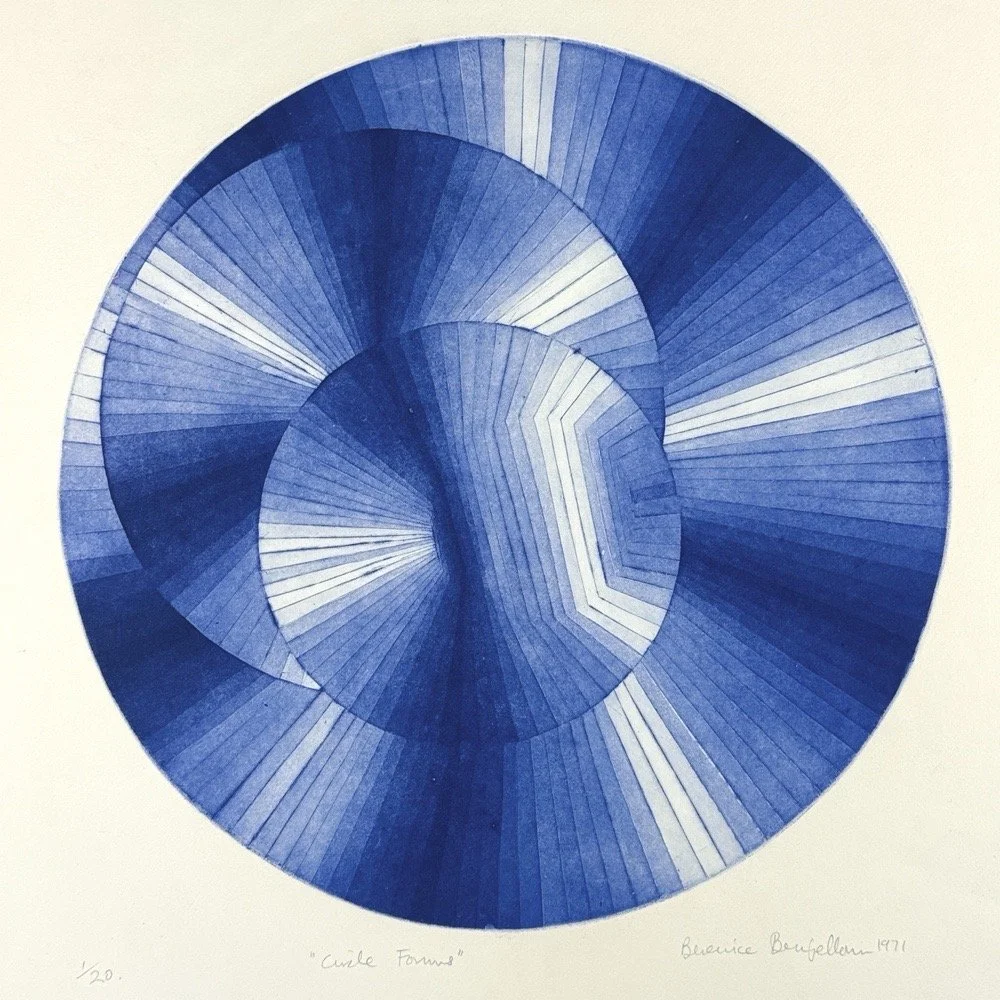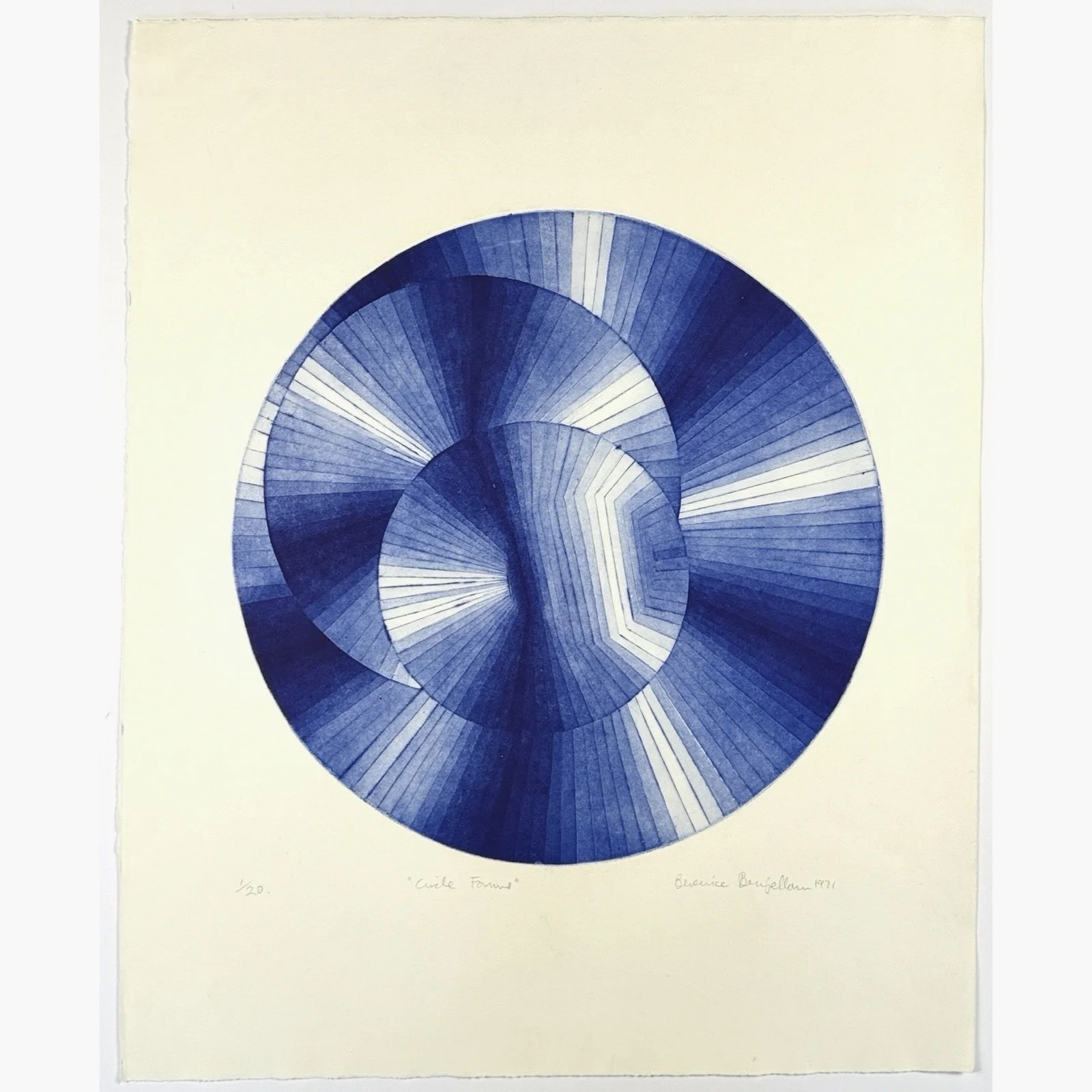 Image 1 of 5
Image 1 of 5

 Image 2 of 5
Image 2 of 5

 Image 3 of 5
Image 3 of 5

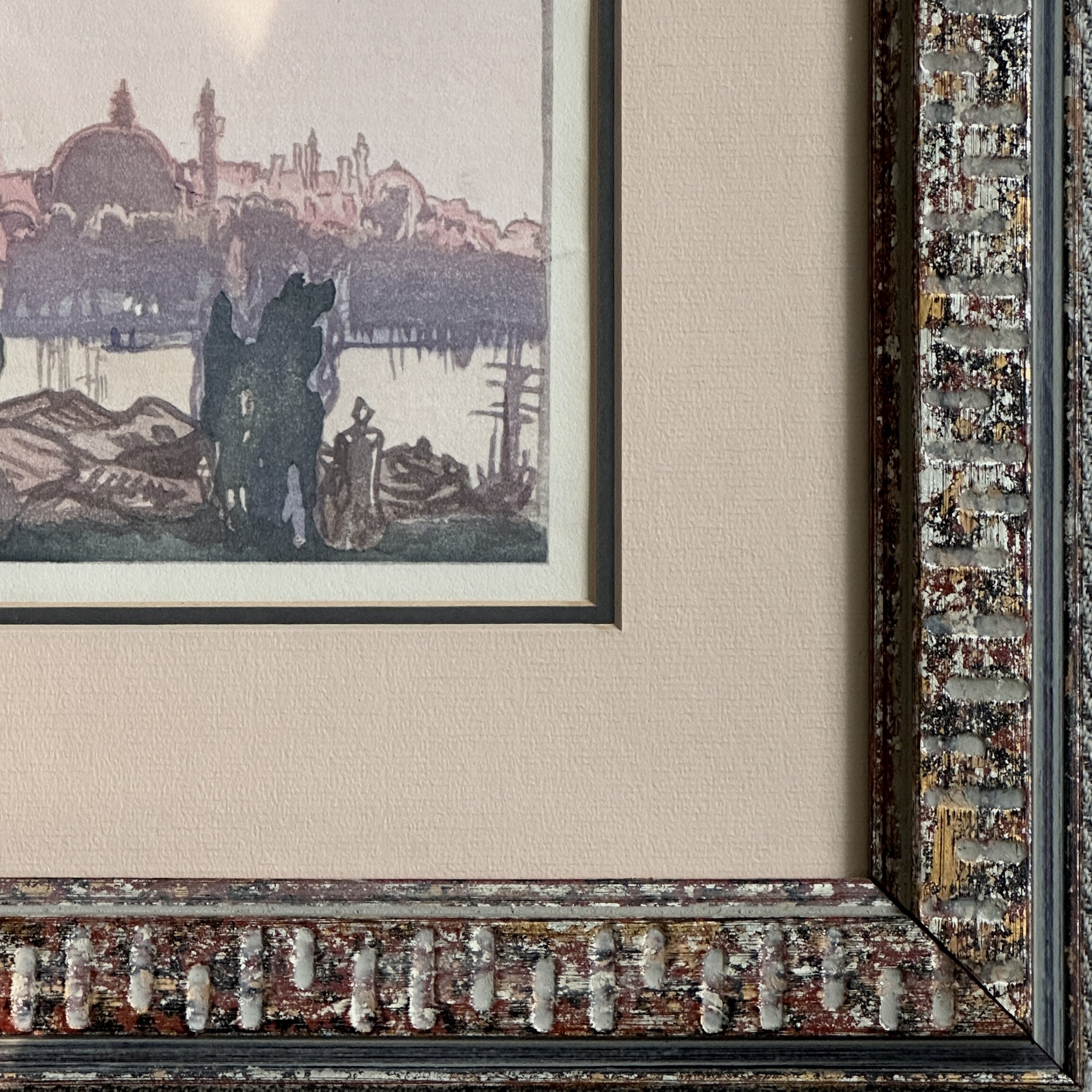 Image 4 of 5
Image 4 of 5

 Image 5 of 5
Image 5 of 5






Yoshijiro Urushibara - The Golden Horn, Signed (1924, Color Woodcut)
Yoshijiro Urushibara, The Golden Horn (1924)
Color woodcut print from the collaborative portfolio Ten Woodcuts (London, 1924), featuring Urushibara's interpretation of Frank Brangwyn's original watercolor design. The work depicts a panoramic view of Istanbul's Golden Horn, the historic inlet of the Bosphorus, rendered through the traditional Japanese woodblock technique. Signed in the lower left corner by the artist in pencil.
Physical Description
- Medium: Color woodcut (nishiki-e) on paper
- Dimensions: Image: 7.25 × 8.8 in (18.4 × 22.4 cm); Framed: 14.26 × 16.25 in (36.2 × 41.3 cm)
- Condition: Good condition; professionally conserved with acid-free materials
- Housing: Displayed under UV-filtering glass in a period-appropriate faux granite frame with dual archival matting
Artistic Context
As plate [X] in the Ten Woodcuts series, this work exemplifies:
1) The technical mastery of Urushibara in adapting Western pictorial compositions to Japanese woodblock traditions
2) The early 20th-century cultural exchange between Japanese and European printmaking circles
3) Brangwyn's characteristic landscape approach translated through ukiyo-e carving and printing techniques
Biographical Notes
Yoshijiro Urushibara (1888-1953):
- Trained in Tokyo under traditional woodblock masters
- Resident in London (1910-1940) where he served as:
• Print technician at the British Museum
• Collaborator with British artists including Brangwyn and Muirhead Bone
• Cultural ambassador for Japanese print techniques
Significance
This print demonstrates:
- The synthesis of Western perspective with Japanese color gradation (bokashi)
- Urushibara's innovative approach to collaborative printmaking
- Early modernist interest in cross-cultural artistic dialogue
Related Collections
Comparative works held in:
- Victoria and Albert Museum (complete Ten Woodcuts portfolio)
- British Museum (Urushibara's collaborative prints)
- Tokyo National Museum (early Japanese-period works)
Provenance
From the original 1924 edition
Curatorial Remarks
The Golden Horn represents a significant moment in early 20th-century printmaking history, where traditional Japanese techniques were adapted to European subject matter with remarkable sensitivity. Urushibara's technical virtuosity in carving and printing elevated Brangwyn's designs beyond mere reproduction, creating hybrid works that transcended their cultural origins.
Conservation Notes
Stable condition; recommend maintaining current housing with periodic condition checks every 5 years.
Yoshijiro Urushibara, The Golden Horn (1924)
Color woodcut print from the collaborative portfolio Ten Woodcuts (London, 1924), featuring Urushibara's interpretation of Frank Brangwyn's original watercolor design. The work depicts a panoramic view of Istanbul's Golden Horn, the historic inlet of the Bosphorus, rendered through the traditional Japanese woodblock technique. Signed in the lower left corner by the artist in pencil.
Physical Description
- Medium: Color woodcut (nishiki-e) on paper
- Dimensions: Image: 7.25 × 8.8 in (18.4 × 22.4 cm); Framed: 14.26 × 16.25 in (36.2 × 41.3 cm)
- Condition: Good condition; professionally conserved with acid-free materials
- Housing: Displayed under UV-filtering glass in a period-appropriate faux granite frame with dual archival matting
Artistic Context
As plate [X] in the Ten Woodcuts series, this work exemplifies:
1) The technical mastery of Urushibara in adapting Western pictorial compositions to Japanese woodblock traditions
2) The early 20th-century cultural exchange between Japanese and European printmaking circles
3) Brangwyn's characteristic landscape approach translated through ukiyo-e carving and printing techniques
Biographical Notes
Yoshijiro Urushibara (1888-1953):
- Trained in Tokyo under traditional woodblock masters
- Resident in London (1910-1940) where he served as:
• Print technician at the British Museum
• Collaborator with British artists including Brangwyn and Muirhead Bone
• Cultural ambassador for Japanese print techniques
Significance
This print demonstrates:
- The synthesis of Western perspective with Japanese color gradation (bokashi)
- Urushibara's innovative approach to collaborative printmaking
- Early modernist interest in cross-cultural artistic dialogue
Related Collections
Comparative works held in:
- Victoria and Albert Museum (complete Ten Woodcuts portfolio)
- British Museum (Urushibara's collaborative prints)
- Tokyo National Museum (early Japanese-period works)
Provenance
From the original 1924 edition
Curatorial Remarks
The Golden Horn represents a significant moment in early 20th-century printmaking history, where traditional Japanese techniques were adapted to European subject matter with remarkable sensitivity. Urushibara's technical virtuosity in carving and printing elevated Brangwyn's designs beyond mere reproduction, creating hybrid works that transcended their cultural origins.
Conservation Notes
Stable condition; recommend maintaining current housing with periodic condition checks every 5 years.



